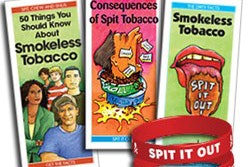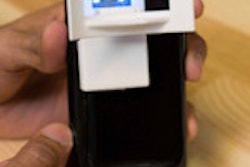The large U.S. tobacco tax increase implemented in April 2009 reduced the number of youth smokers by at least 220,000 and the number of youth smokeless tobacco users by at least 135,000 in the first two months alone, according to a study by researchers at the University of Illinois at Chicago (The National Bureau of Economic Research, April 2012).
The percentage of students who reported smoking in the past 30 days dropped between 9.7% and 13.3% immediately following the tax increase, while the percentage who reported using smokeless tobacco dropped between 16% and 24%.
The study "showed that a large national tax increase can influence youth tobacco use prevalence within a very short time period," the researchers wrote. "Adolescents not only respond to tax policy changes, but the speed of their response is fast."
The Children's Health Insurance Program Reauthorization Act increased the federal tax rate on cigarettes by 61.66 cents per pack (from 39 cents to $1.0066 per pack) and on moist snuff, the most common form of smokeless tobacco, by 92.5 cents per pound (from 58.5 cents to $1.51 per pound). Taxes were also increased on other forms of smokeless tobacco.
The researchers used data from the Monitoring the Future survey, an annual national survey of 8th, 10th and 12th grade students. They also controlled for other factors that influence youth tobacco use, including individual, family and school characteristics, as well as state tobacco control measures, including state cigarette taxes, smoke-free air policies, and tobacco control funding.



















